Home>diy>Architecture & Design>How Much Does One Spend At The Design Center On Average For A New House
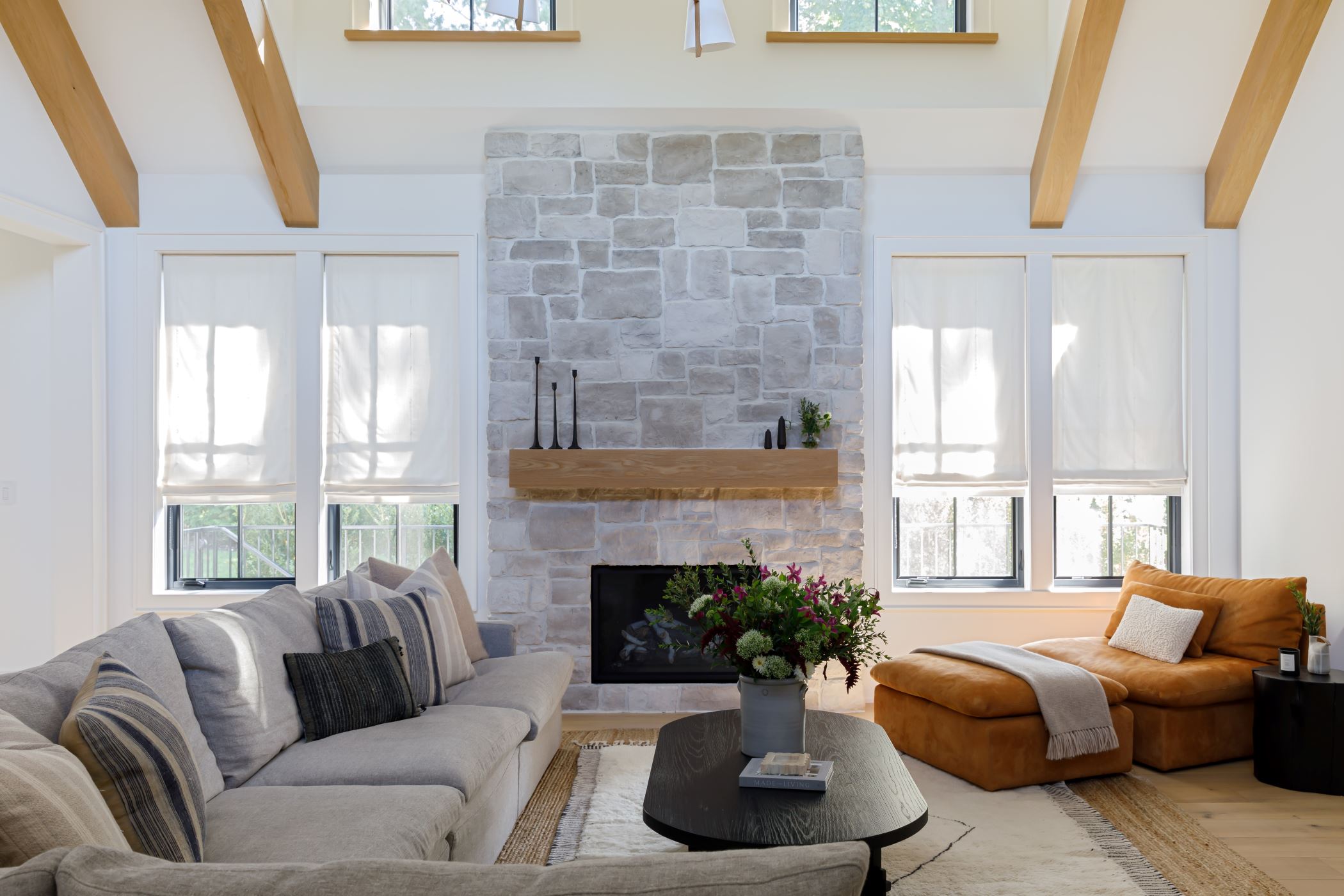

Architecture & Design
How Much Does One Spend At The Design Center On Average For A New House
Modified: December 7, 2023
Discover average spending at the design center for a new house and make informed decisions with our architecture-design insights.
(Many of the links in this article redirect to a specific reviewed product. Your purchase of these products through affiliate links helps to generate commission for Storables.com, at no extra cost. Learn more)
Introduction
Building a new house is an exciting and rewarding experience. One of the most crucial aspects of the process is designing the interior and exterior spaces to reflect your unique style and preferences. This is where the design center comes into play. The design center is a place where homeowners can select and customize various elements of their new home, from flooring and countertops to fixtures and paint colors.
The design center plays a vital role in creating a cohesive and personalized living space. It allows homeowners to choose materials, finishes, and features that match their aesthetic vision and functional needs. However, it is essential to keep in mind that the choices made at the design center can have a significant impact on the overall cost of the new house.
In this article, we will explore the importance of the design center in building a new house and delve into the factors that can influence costs at the design center. We will also provide insights into understanding the average cost at the design center and offer tips for managing expenses effectively.
Key Takeaways:
- The design center is a crucial part of building a new house, allowing homeowners to express creativity, customize living spaces, and access professional expertise. Careful planning and budget management are essential for achieving the desired vision within financial constraints.
- Factors such as customization scope, material selection, house size, upgrades, and market pricing influence costs at the design center. Research, wise budget allocation, and professional guidance are key to managing expenses effectively and making informed decisions.
The Importance of Design Center in Building a New House
The design center is an invaluable resource and an integral part of the new house building process. It is a dedicated space where homeowners can work with design professionals to select and customize various elements of their home, ensuring their vision becomes a reality. Here are a few key reasons why the design center is so important:
Creative Expression and Personalization:
The design center provides an opportunity to unleash your creativity and put your personal stamp on your new home. It allows you to choose finishes, materials, colors, and styles that reflect your unique personality and preferences. Whether you prefer a modern minimalist design or a traditional and cozy feel, the design center is where you can bring your vision to life.
Customization and Functionality:
Every homeowner has different needs and lifestyles, and the design center helps tailor the new house to meet those requirements. From choosing the layout of the kitchen and bathroom to selecting the type of flooring or cabinetry, the design center provides a range of options to ensure functionality and convenience align with your day-to-day activities.
Access to Professional Expertise:
Working with design professionals at the design center is like having a team of experts by your side. They have extensive knowledge of the latest trends, materials, and technologies, and can offer guidance and suggestions that will enhance the beauty and functionality of your home. Their expertise ensures that your selections are not only aesthetically pleasing but also practical and well-suited to your lifestyle.
Read more: How Much Does The Average Refrigerator Weigh
Streamlining the Decision-Making Process:
With so many decisions to make during the home building process, the design center streamlines the selection and customization process. Instead of sourcing materials and making choices one by one, the design center brings everything together in one place. This saves time and effort, making the entire experience more efficient and organized.
Increasing Property Value:
Your choices at the design center can have a significant impact on the value of your new home. By selecting high-quality materials, finishes, and fixtures, creating a cohesive and visually appealing design, and incorporating energy-efficient features, you can boost the market value of your property.
In summary, the design center plays a vital role in building a new house by allowing homeowners to express their creativity, customize their living spaces, tap into professional expertise, streamline decision-making, and increase the value of their property. It is a space where dreams become a reality and where houses truly become homes.
Factors Affecting the Cost at the Design Center
When it comes to designing and customizing a new house at the design center, there are several factors that can influence the cost. It’s essential to be aware of these factors to effectively manage your budget. Here are some key elements that can impact the overall expenses:
Scope of Customization:
The level of customization you desire can significantly affect the cost at the design center. If you have specific preferences and want unique features, materials, or designs that require extensive customization, it’s likely to increase the expenses. On the other hand, opting for pre-designed packages or standard selections may be more cost-effective.
Selection of Materials and Finishes:
The materials and finishes you choose for various elements of your home, such as flooring, countertops, cabinetry, and fixtures, can have a significant impact on the cost. Higher-end materials or specialty finishes may come with a higher price tag, while more basic options may be more economical. Consider your budget and desired aesthetic when making these selections.
Size and Complexity of the House:
The size and complexity of your new house can also affect the cost at the design center. Larger homes typically require more materials, finishes, and customization, which can increase the expenses. Additionally, complex architectural designs or unique features may require additional time and resources, impacting the overall budget.
Upgrades and Add-ons:
Throughout the design center process, you may come across various upgrades and add-ons that can enhance the functionality or aesthetics of your home. While these options can enhance your living experience, keep in mind that each addition will incur additional costs. It’s essential to carefully consider which upgrades are necessary and align with your budget.
Market Pricing and Location:
The cost of materials and labor can vary based on market pricing and location. Higher-demand areas or locations with limited availability of certain materials may result in higher prices. It’s important to research and understand the local market trends to ensure your budget aligns with the cost expectations at the design center.
By considering these factors and discussing your budget and preferences with design professionals at the design center, you can make informed decisions that suit your financial goals while achieving your desired design outcome. Effective communication and careful planning are key to managing costs effectively.
Read more: How Much Does A New Wardrobe Cost
Understanding the Average Cost at the Design Center
When it comes to determining the average cost at the design center, it’s important to understand that there is no one-size-fits-all answer. The expenses can vary greatly depending on factors such as the size and complexity of the house, the level of customization desired, and the chosen materials and finishes. However, we can provide some insight into what you might expect when budgeting for the design center.
Research and Planning:
Prior to visiting the design center, conducting thorough research is essential. Look for inspiration online, visit showrooms, and consult with design professionals to get an idea of what you want and the associated costs. It’s important to have a realistic budget in mind based on your research and any consultations you have had.
Selections and Upgrades:
During the design center process, you will be making selections for various elements of your home. This can include flooring, countertops, cabinetry, appliances, fixtures, and more. The cost of these selections will depend on the specific choices you make, such as opting for premium materials or upgraded features. Remember to consider both the upfront cost and the long-term maintenance and durability of your selections.
Budget Allocation:
To manage costs effectively at the design center, it’s important to allocate your budget wisely. Prioritize the areas and features that are most important to you. For example, if the kitchen is the heart of your home, you may want to allocate a larger portion of your budget towards high-quality appliances and finishes in that area. Having a clear understanding of your priorities will help you make informed decisions that align with your budget.
Read more: How Much Does A New Refrigerator Cost
Contingency Buffer:
When budgeting for the design center, it’s always wise to include a contingency buffer. Unexpected expenses or changes in your design vision can arise throughout the process, and having some wiggle room in your budget will provide peace of mind. Aim to set aside around 10-20% of your total budget for contingencies.
Professional Guidance:
Working with design professionals at the design center can be immensely valuable in understanding the average cost and managing your budget effectively. They have the expertise and experience to provide guidance and recommendations that align with your budget and design goals. They can help you make informed decisions and suggest alternatives when necessary.
Ultimately, the average cost at the design center is highly dependent on your individual preferences and priorities. By conducting thorough research, making informed selections, allocating your budget wisely, and seeking professional guidance, you can navigate the design center process with confidence and manage your costs effectively.
Common Expenses at the Design Center
When it comes to the design center, there are several common expenses that homeowners can expect to encounter. These expenses are related to the customization and selection of materials, finishes, and features for various areas of the new house. Here are some of the most common expenses you may encounter at the design center:
Flooring:
The cost of flooring will depend on the type of material chosen, such as hardwood, tile, carpet, or vinyl. Higher-end materials or specialty designs may come with a higher price tag, while more basic options may be more economical. It is important to consider factors such as durability, maintenance, and aesthetics when making your selection.
Read more: How Much Does A New Showerhead Cost
Kitchen and Bathroom Upgrades:
The kitchen and bathrooms are often the focal points of the home, and upgrading these areas can add value and enhance your living experience. Upgrading appliances, countertops, cabinets, and fixtures can significantly impact the overall cost at the design center. Be sure to consider the functionality, durability, and design aspects when selecting these upgrades.
Lighting Fixtures:
The right lighting can transform the ambiance of your new house. From chandeliers and pendant lights to recessed lighting and sconces, there is a wide range of lighting fixtures available at the design center. Choosing energy-efficient fixtures that align with your desired style will help create the perfect lighting atmosphere while managing costs.
Cabinetry and Countertops:
The cost of cabinetry and countertops will depend on the materials, finishes, and level of customization. Opting for high-quality materials, such as solid wood or quartz, will typically come at a higher cost. Consider the functionality, durability, and design aspects when making your selections in these areas.
Paint and Wall Treatments:
Selecting the right paint colors and wall treatments can significantly impact the overall look and feel of your new house. Custom paint options, accent walls, wallpaper, and other wall treatments can add a touch of personality to your home. Be sure to factor in the cost of paint and any additional materials or labor required for wall treatments.
Read more: How Much Does A New Kegerator Cost
Window Coverings:
Window coverings, such as blinds, curtains, or shades, are not only functional but also contribute to the overall aesthetics and privacy of your home. The cost of window coverings will vary depending on the type, size, and material. Consider energy-efficient options that offer insulation and light control while enhancing the overall design of your space.
These are just a few examples of the common expenses you may encounter at the design center. Other potential costs may include appliances, plumbing fixtures, landscaping upgrades, and more. It’s important to consult with design professionals at the design center to understand the specific expenses related to your customization preferences and requirements.
Tips for Managing Costs at the Design Center
Managing costs at the design center is essential to ensure that your new house remains within budget. Here are some valuable tips to help you navigate the design center process while keeping expenses in check:
Set a Realistic Budget:
Before you even step foot in the design center, it’s crucial to establish a realistic budget. Determine how much you are willing to spend on each element of your new house, such as flooring, appliances, and fixtures. This will help you prioritize your selections and make informed decisions within your financial means.
Research and Plan Ahead:
Thoroughly research different materials, finishes, and design options to get an idea of costs and trends. This will help you set realistic expectations and avoid any surprises at the design center. Having a clear plan in mind will also streamline the decision-making process and prevent impulse buys that can derail your budget.
Read more: How Much Should You Spend On A Mattress?
Be Mindful of Upgrades:
While it’s tempting to indulge in every upgrade and add-on available at the design center, it’s important to exercise restraint. Carefully consider each upgrade and its impact on your budget. Focus on essential upgrades that align with your priorities and lifestyle. Remember, you can always make changes or additions in the future if necessary.
Work with Design Professionals:
The design professionals at the design center are there to guide you and offer their expertise. Take advantage of their knowledge and consult with them throughout the process. They can help you make informed decisions that strike a balance between aesthetics, functionality, and cost-effectiveness.
Consider Long-Term Value:
While it’s important to manage costs, also consider the long-term value of your selections. Opting for higher-quality materials and energy-efficient features may require a larger upfront investment but can result in long-term savings and increased resale value. Evaluate the lifespan and maintenance requirements of your selections to make cost-effective choices.
Explore Alternative Options:
Don’t be afraid to explore alternative options that can help you save money without compromising on style and quality. For example, consider faux alternatives for expensive materials, such as laminate flooring that resembles hardwood or quartz countertops that mimic the look of natural stone. These alternatives can offer substantial cost savings while still providing a beautiful end result.
Read more: How Much Does A New Washer And Dryer Cost?
Be Flexible and Prioritize:
Flexibility and prioritization are key when managing costs at the design center. Understand that you may need to make compromises and focus on the areas that matter most to you. Assess what is essential versus what is a nice-to-have, and allocate your budget accordingly.
By following these tips, you can effectively manage costs at the design center without compromising on the vision and quality of your new house. Remember, a well-planned and thoughtfully designed home can bring joy and satisfaction for years to come.
Conclusion
The design center plays a pivotal role in building a new house, allowing homeowners to express their creativity, customize their living spaces, and bring their vision to life. While the cost at the design center can vary depending on factors such as the level of customization, materials chosen, and the size of the house, it’s essential to approach the design center process with careful planning and budget management.
By understanding the importance of the design center in creating a personalized and functional living space, homeowners can make informed decisions about their selections and upgrades. The design center provides access to professional expertise, streamlines the decision-making process, and enhances the overall value of the property.
Factors that affect the cost at the design center include the scope of customization, selection of materials and finishes, size and complexity of the house, upgrades and add-ons, as well as market pricing and location. Being aware of these factors allows homeowners to set realistic budgets and make choices that align with their vision and financial goals.
Understanding the average cost at the design center requires research, planning, and consultation with design professionals. It is important to allocate the budget wisely, considering areas that are most important to you and leaving room for contingencies. Seeking professional guidance throughout the design center process ensures that choices are well-informed and within budget constraints.
Common expenses at the design center include flooring, kitchen and bathroom upgrades, lighting fixtures, cabinetry and countertops, paint and wall treatments, and window coverings. Each of these expenses can be managed by making informed decisions based on personal preferences, budget, and long-term value.
To effectively manage costs at the design center, it is recommended to set a realistic budget, research and plan ahead, be mindful of upgrades, work with design professionals, consider long-term value, explore alternative options, and be flexible in prioritizing choices. By following these tips, homeowners can achieve their desired design outcome while keeping expenses in check.
In conclusion, the design center is a crucial aspect of building a new house. It provides an opportunity for homeowners to create a personalized and functional living space that reflects their unique style and needs. By approaching the design center process with careful consideration, research, and budget management, homeowners can achieve their vision while staying within their desired budget. The design center is where dreams become reality, and every decision made contributes to the creation of a beautiful and cherished home.
Frequently Asked Questions about How Much Does One Spend At The Design Center On Average For A New House
Was this page helpful?
At Storables.com, we guarantee accurate and reliable information. Our content, validated by Expert Board Contributors, is crafted following stringent Editorial Policies. We're committed to providing you with well-researched, expert-backed insights for all your informational needs.
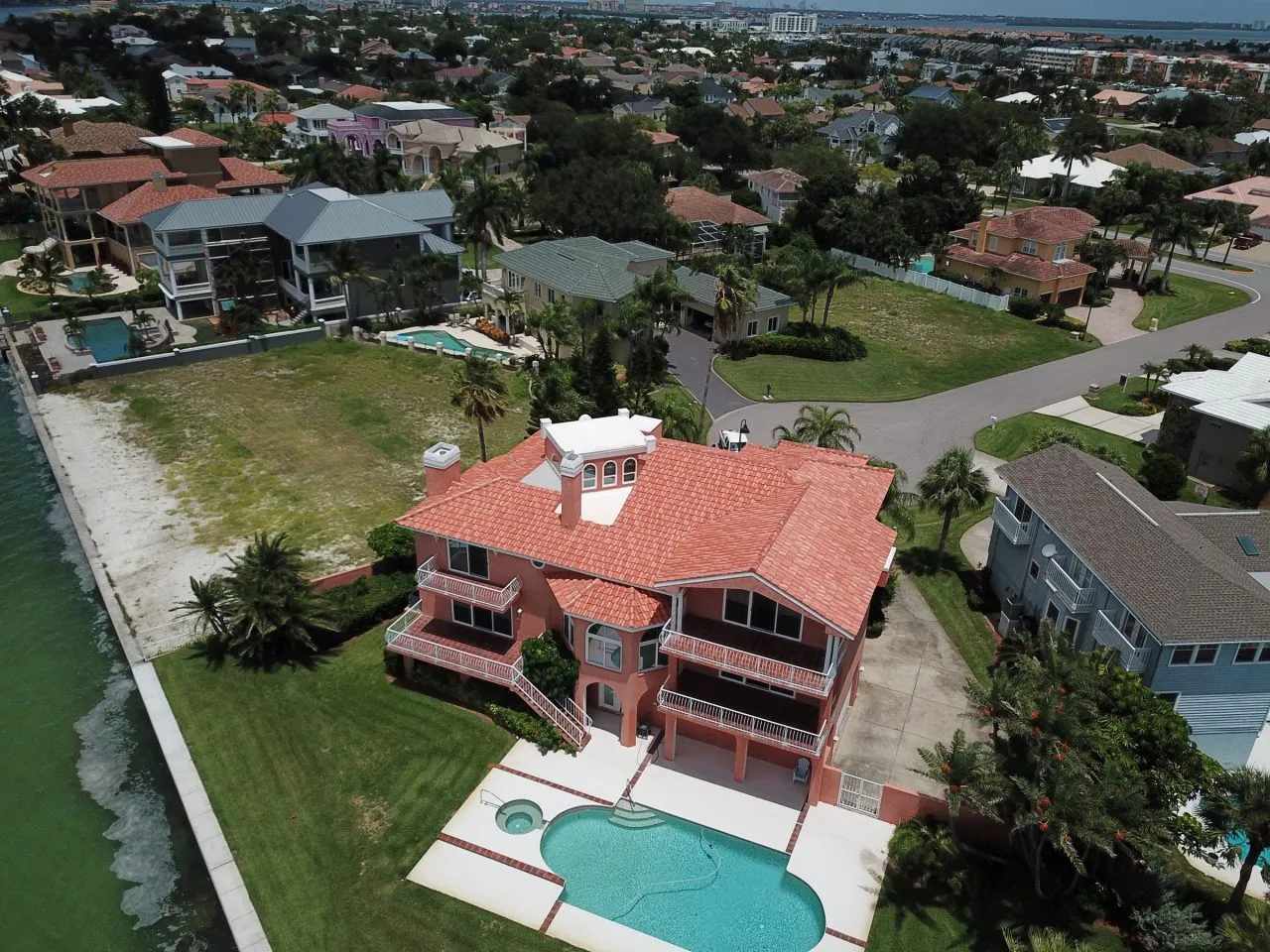

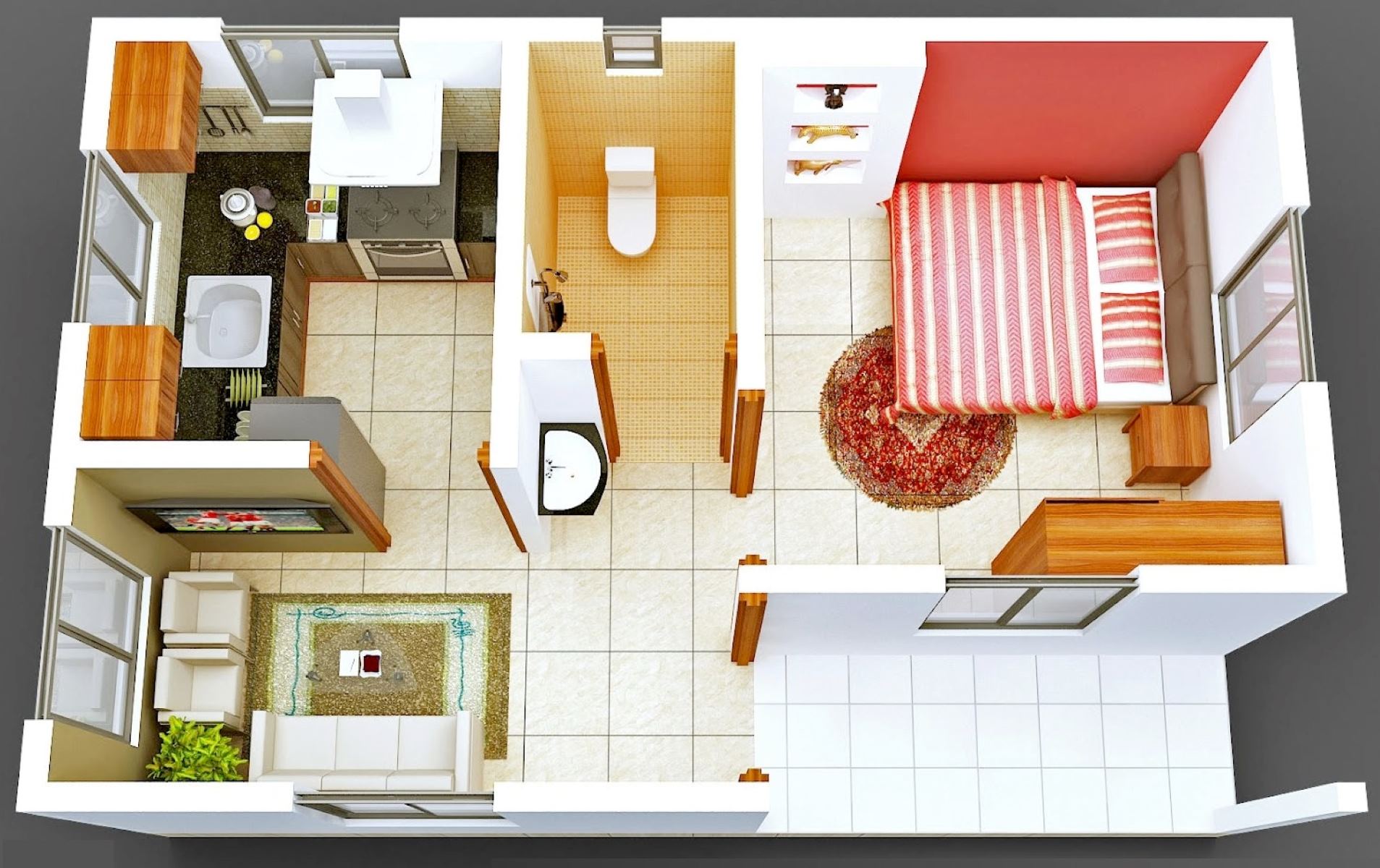
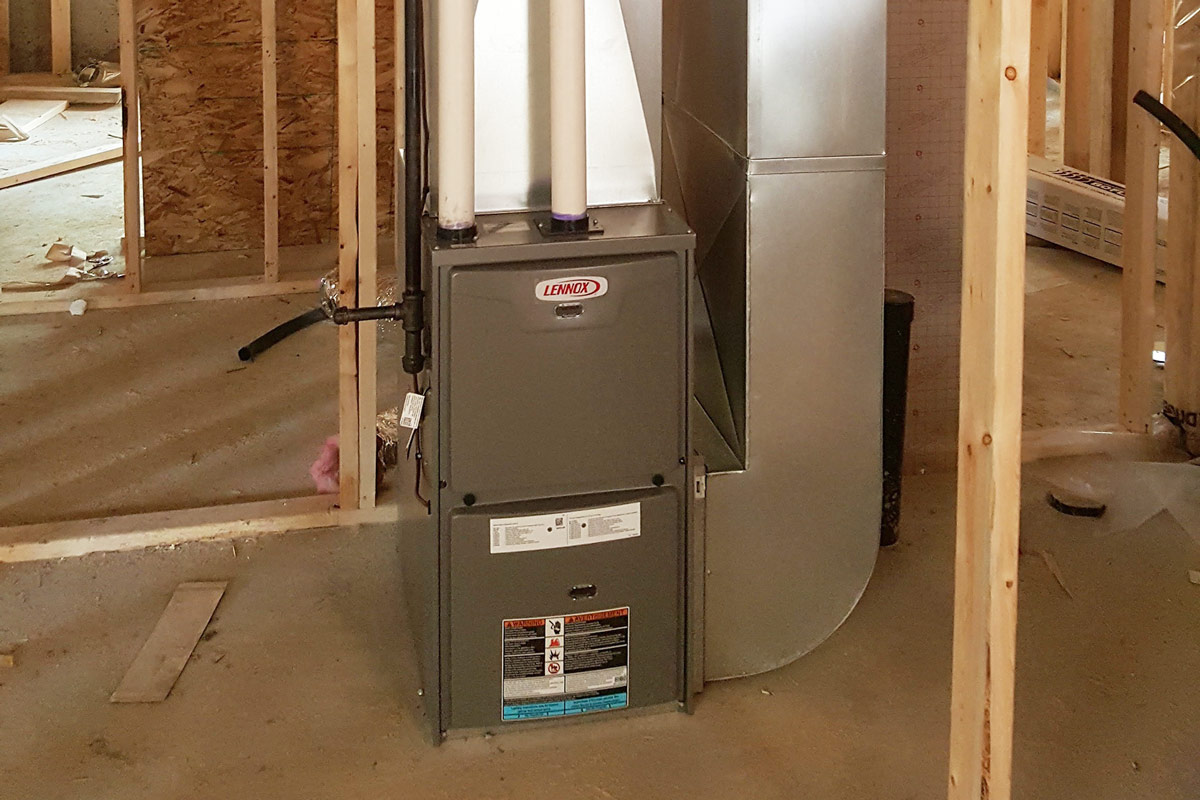

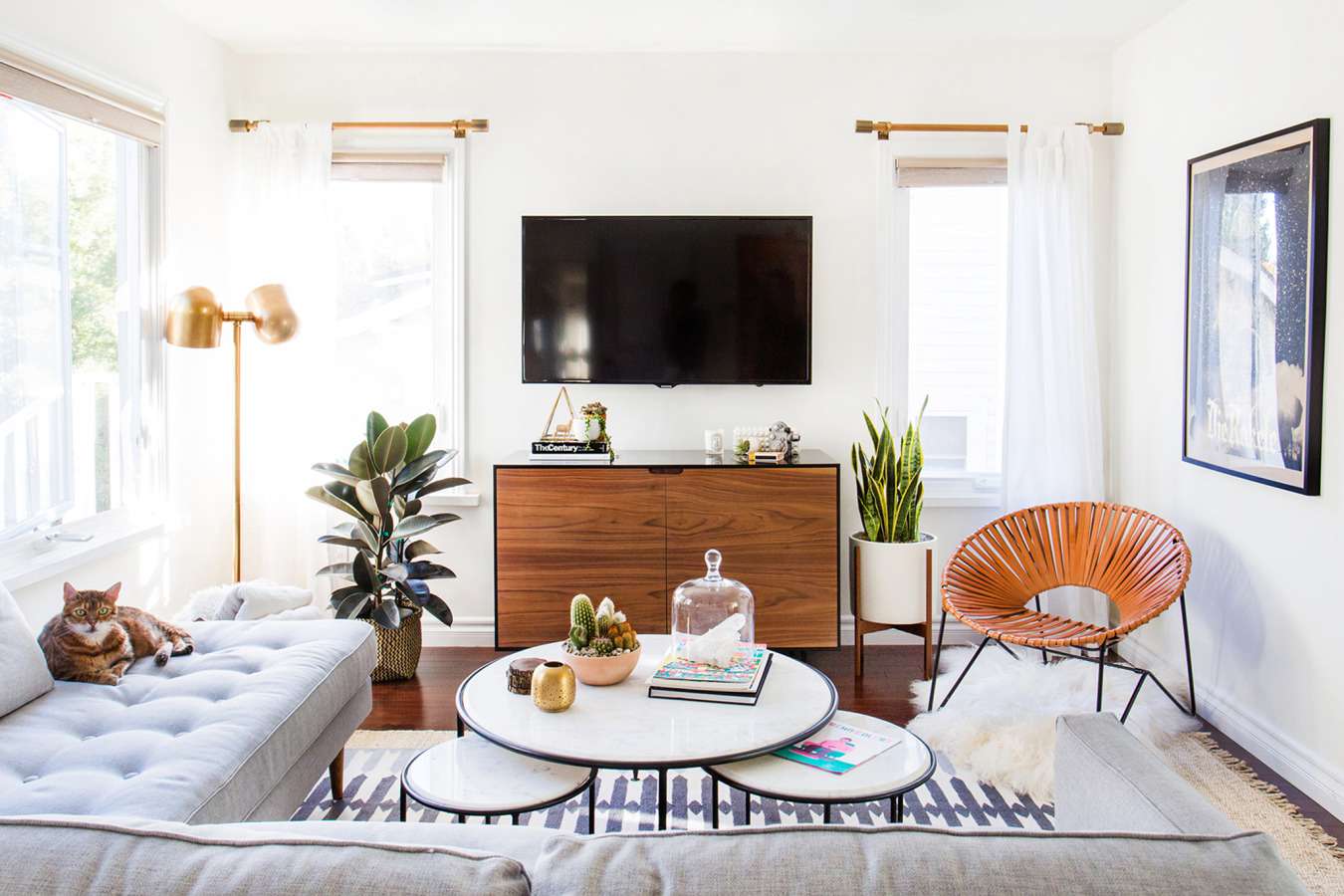
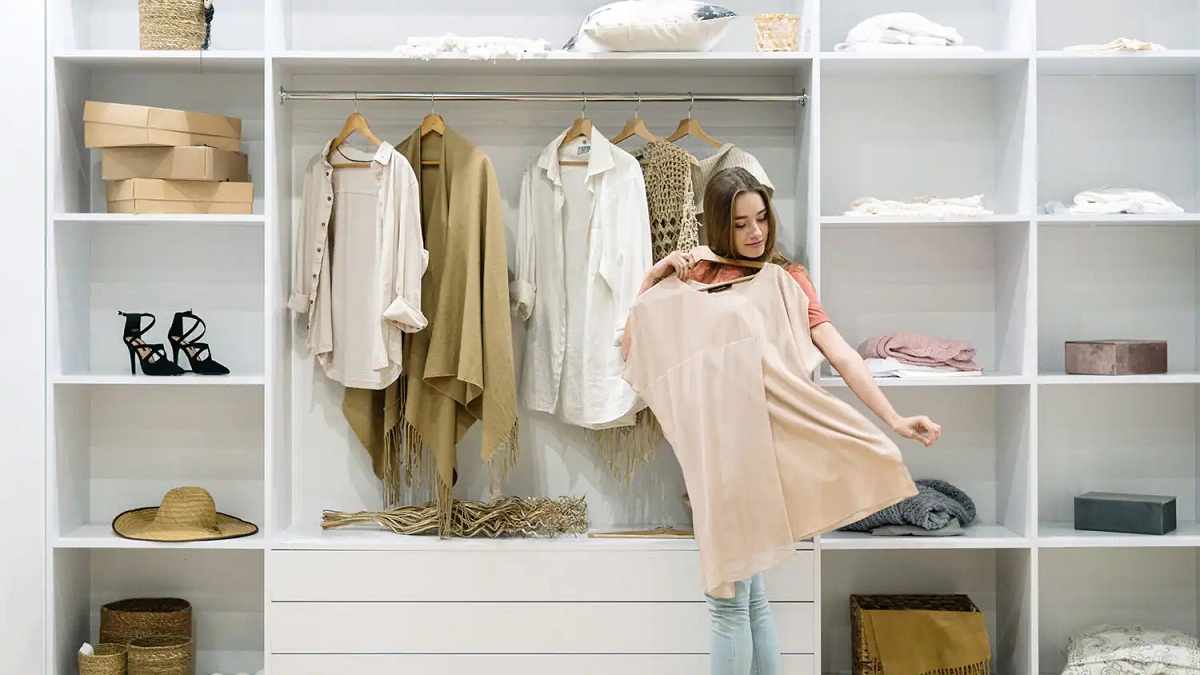

0 thoughts on “How Much Does One Spend At The Design Center On Average For A New House”